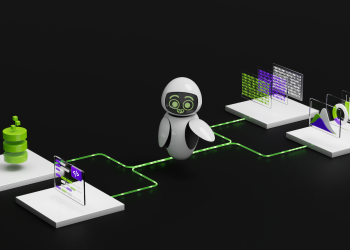sm:leading-[6px] sm:text-sm”>
You may like
-
Intel redefines AI strategy — Jaguar Shores to be rack-level design with focus on silicon photonics
-
Intel’s P-Core only Bartlett Lake chip inches closer to reality with new Linux patch
Yesterday, Intel shared several slides detailing Frisco Lake, officially poised to deliver 10 times better AI performance and 61% higher efficiency than current offerings, presumably Malibou Lake. In addition, the inclusion of an Xe3 (Celestial) graphics IP block strongly suggests these SoCs are indeed derived from Panther Lake, a connection that is supported by the source and kernel patches (via Harukaze at X). The use of Intel’s flagship 18A process node and the jump from Raptor Cove to Cougar Cove (rumored) would explain the sharp spike in efficiency.
So…
———–
202x ApolloLake (Atom-N)
2020 AshCreekFalls (SkyLake-SP-Auto)
2025 MalibouLake (RaptorLake-P-Auto)
2026 FriscoLake (PantherLake-P-Auto)
2028 GrizzlyLake (MonumentPeak) with
[NovaLake Only E-Core???]
🤔🤔🤔 pic.twitter.com/KKE5yoWG6Q— 结城安穗-YuuKi_AnS (@yuuki_ans) April 23, 2025
That’s not all, as 3elife secured an alleged roadmap detailing Intel’s future product offerings from a third party. Assuming this timeline is accurate, Frisco Lake was never actually intended for launch and appears to be a last-minute addition to Intel’s product stack. Apparently, Malibou Lake was in line to be superseded by Grizzly Lake, which is now expected to serve as Intel’s third-generation SDV SoC design.
Under the Grizzly Lake lineup, the leaked slides mention an SoC codenamed Monument Peak, reportedly offering up to 32 cores, a 7 TFLOPS-capable Xe-based integrated GPU, slated for the first half of 2027. This time frame coincides with Nova Lake, and one rumored configuration of that architecture includes 32 efficient cores (16P+32E+4LPE), likely based on the Arctic Wolf microarchitecture.
So, if these rumors hold true, Intel is porting its consumer-grade architectures to the automotive industry with a one-year cadence. Considering the extensive validation processes and typically long lifecycles of these chips, automobiles usually don’t opt for the most cutting-edge core design, unlike the desktop market. It’s hard to say what the future holds, but perhaps Intel’s limited success in the mobile phone and AI markets might be a catalyst for this drive to establish a strong foothold in the automotive domain.









